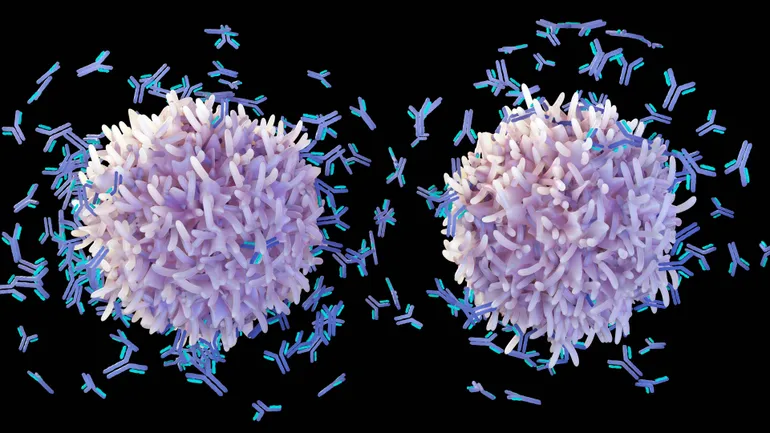Sana to lay off staff, deepen autoimmune focus in latest retrenchment


Sana Biotechnology will lay off staff and shift its research focus in the latest retrenchment for a company only three years removed from one of the biotechnology sector’s most lucrative initial stock offerings.
The company on Monday announced plans to stop testing one of its top programs in cancer and end development of a second therapy it has been evaluating for multiple neurological conditions. Sana will seek partners for both drugs while prioritizing spending on research in B-cell associated autoimmune diseases and Type 2 diabetes.
Alongside those changes, Sana will also cut staff. According to a company spokesperson, Sana is currently working on the exact number and timing of the layoffs, but “all functions” are affected. Sana employed 328 people, 251 of whom were primarily working in research and development, at the end of last year, according to a regulatory filing.
The changes will enable Sana to operate into 2026, by which time the company expects to have reported multiple data readouts that could boost its value, if positive. Sana had about $252 million in cash on hand at the end of the last quarter.
“[W]e need to ensure that we are directing our investments into the areas where we believe we can have the greatest impact for patients,” said Sana president and CEO Steve Harr, in a statement.
The planned restructuring comes as Sana has lost more than 80% of its share value since Feb. 2021, when it raised $588 million in one of the sector’s largest-ever initial public offerings. Sana arrived on the public markets during an IPO boom, when dozens of preclinical-stage companies secured investors’ backing. It touted an ambitious technology meant to tweak an array of different cell types and a leadership team, led by Harr, that had helped steer cell therapy developer Juno Therapeutics to a $9 billion buyout by Celgene in 2018.
But Sana has had a number of setbacks since. The company’s initial clinical trial plans were delayed by manufacturing issues, accelerating a share price decline that began as market sentiment turned against biotech companies near the end of 2021. In the following two years it trimmed its workforce by 15% and 29%, pared back its pipeline and changed its research focus.
Sana was developing more than 10 programs for cancer, heart disease and genetic conditions when it debuted on Wall Street three years ago. A majority are no longer in its pipeline. In their place are more programs for autoimmune conditions — a newly popular research field for cell therapy developers — and medicines that either reprogram cells inside the body or are made from the cells of donors instead of individual patients.
Now, Sana is leaning further into autoimmune research. It’s scrapping ongoing tests of a program called SC291 in cancer in favor of studies in immune diseases, like lupus, linked to malfunctioning B cells. It’s also ending development of SC379, a stem cell-derived cell therapy for Huntington’s disease and other neurological disorders.
Sana will either seek a partner for SC379 or spin it into a new company, it said in a statement.
The company will invest more heavily in a pair of programs for Type 1 diabetes, one of which, UP421, is in human testing and could have clinical results later this year or in 2025. Around the same time, Sana could also have early data on SC291, as well as on a cancer treatment it’s testing in people who have progressed after other CAR-T therapies.
“Since joining Sana, I have actively engaged with the team to understand both Sana and competitor data and believe it is the right time to prioritize where we believe we have the most differentiated therapeutic candidates and the highest probability of success for patients,” said Chief Scientific Officer Dhaval Patel, who came aboard in August, in a statement Monday.
The restructuring moves may push Sana’s spending higher than it projected earlier this year, when it told investors it aimed to burn less than $200 million in 2024.
Sana shares slumped by more than one-fifth in early trading Tuesday. They’re currently worth less than $3 apiece.
This post has been syndicated from a third-party source. View the original article here.




